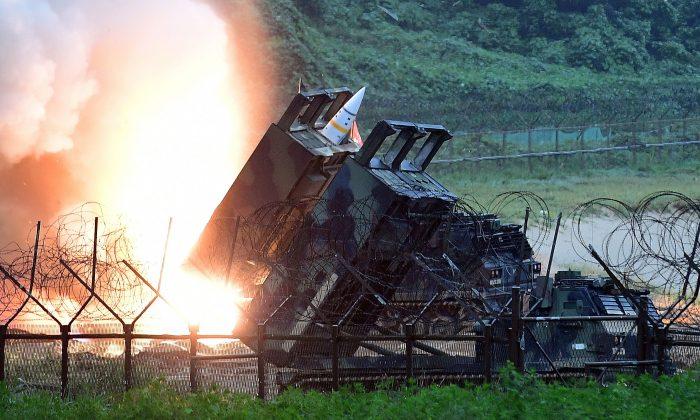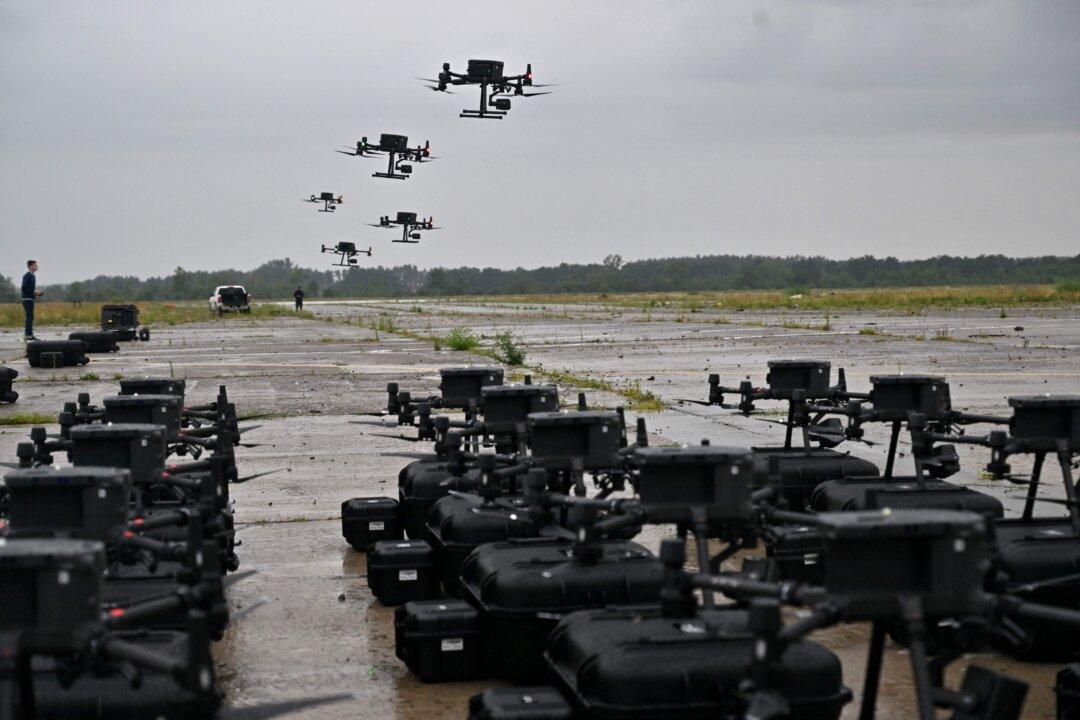Commentary
The
ATACMS (Army Tactical Missile Systems) used by Ukrainian special forces to successfully attack Russian air assets on Oct. 16 confirms that the Biden administration secretly delivered ATACMS to Ukraine.
The relatively small number of ATACMS that the United States will ultimately be able to transfer to Ukraine will certainly end up killing Russian soldiers and destroying Russian equipment, but they will not change the ultimate outcome of the war. However, their successful use will help divert attention away from the
disastrous Ukrainian counteroffensive, and just how poorly
President Joe Biden’s Proxy war against Russia is going in general.
This first shipment of ATACMS authorized by President Biden, and secretly delivered, is thought to total under a dozen missiles whose
range is approximately 100 miles. Rather than carrying a single large powerful warhead like most ATACMS do, the ATACMS sent to Ukraine feature a
cluster munitions payload. These ATACMS can be fired from the M142 (HIMARS) or the larger M270 MLRS system, of which Ukraine has collectively received some 60. How many of these have been destroyed is unknown. But while the total number still operational is certainly less than 60, far more remain in operation than Russia would like.
Even though the range of the ATACMS in Ukraine is “only” 100 miles, they do outrange the standard rockets being fired by the M270s and M142s. And they certainly outrange the vast majority of Russian artillery. Hence, along with being used for counter artillery fires, they can be used to attack lightly fortified positions, and concentrations of troops and equipment. But perhaps their sweet spot use is in attacking airfields as the hundreds of bomblets each ATACMS will disperse over a large area are more than powerful enough to destroy aircraft and damage the airfield itself.
However, the ATACMS’s 500-pound payload is about half that of the Storm Shadows missiles that Britain has been providing to Ukraine. Consequently, when it comes to
destroying bunkers and blowing large holes in ships, the Storm Shadow’s 990-pound warhead is vastly superior. Additionally, the Storm Shadow can be launched from aircraft, making it more tactically flexible than the ground-launched ATACMS. On the other hand, Ukraine has far more ground-based systems capable of launching the ATACMS than it has planes, SU-24s, capable of launching the Storm Shadow. And with at least 17 out of the 24 of Ukraine’s SU-24s having been destroyed by Russia, the
few remaining planes, probably fewer than eight, aren’t always available as they’re being frequently moved due to being constantly under threat of Russian long-range strike systems that can reach any airfield in Ukraine.
Still, despite less range and a less powerful warhead than the Storm Shadow, over the next weeks and months Ukraine will no doubt have the opportunity to fire ATACMS at high-value targets such as the airbases that have been getting so much coverage. And though Russian air defenses have proven to be very good, they’ve not been perfect. Likewise, while Russia has had great success in jamming the kind of guidance the ATACMS uses, such jamming hasn’t been perfect. Consequently, as has been the case with the Storm Shadows and the smaller MLRS rockets, some percent will get through to damage or destroy their targets.
Indeed, Britain’s Storm Shadow stealth cruise missiles have been used by Ukraine to successfully attack high-profile targets, including the Sept. 14 attack on Russia’s Sevastopol naval bases that seriously damaged Russian landing ship Minsk and the relatively new diesel-electric submarine Rostov-on-Don. Likewise, on Sept. 22, 2023, two Storm Shadow missiles struck the Black Sea Fleet command headquarters in Sevastopol, killing 9 and wounding 16. Those killed included senior Russian Naval commanders. And while this has since been disputed by Russia, it was
widely reported that the commander of the Black Admiral, Viktor Sokolov, was killed in the attack. And the smaller, shorter-range missiles also fired by the M142 HIMARS and M270s have been successful in destroying
Russian artillery,
ammo depots, and other
high-value targets.
There’s little doubt that the long-range strike systems are dealing significant damage. But it must be remembered that for every successful use of the ATACMS or Storm Shadows, Russia is achieving multiple successful strikes with its much larger arsenal of long-range strike weapons, including increasing
numbers of 9A52-4 Tornado systems and its
devasting glide bombs. Hence, while effective, ATACMS and Storm Shadows likely can’t succeed in shifting the direction of war in favor of Ukraine.
Views expressed in this article are opinions of the author and do not necessarily reflect the views of The Epoch Times.







